
What are the 5 steps to train a dog?
Training a dog isn't just about teaching tricks—it's the key to building a harmonious life together. Whether you're a new puppy parent or adopting an adult dog,
Owning a 1-year-old Belgian Malinois is like living with a perpetual bundle of energy wrapped in loyalty—those sharp eyes, eager stance, and boundless drive make every day an adventure, but also a challenge. You’re not just training a dog; you’re channeling that incredible intelligence into a well-mannered companion. Let’s dive into gentle, practical strategies that honor their working breed heritage while fostering a harmonious life at home.
First things first: build trust as the foundation. Malinois are notoriously attuned to their owners’ moods—they’ll mirror your frustration if training feels like a battle. Start each session with a few minutes of playful bonding: toss their favorite tug toy, massage their ears, or simply sit quietly while they sniff around. This isn’t “wasting time”—it’s teaching them that your presence means good things, not pressure. When my own Malinois, Zara, was a year old, I noticed she shut down during drills until I learned to sprinkle praise and treats before asking for commands. Trust opens the door to cooperation—remember, they want to please you; they just need to feel safe.
Mastering basic commands takes patience, but Malinois thrive on structured, goal-oriented tasks. Start with “Focus” (hold a treat near your eye until they lock gaze) and “Wait” (pause before releasing meals or toys). Use short, enthusiastic phrases—“Yes!” when they get it right, never yelling for mistakes. For “Recall,” which is critical for their safety (and often a legal requirement in areas with leash laws), practice in low-distraction spaces first. Clip a long leash on, call their name, and when they turn toward you, squat and open your arms like you’re offering the best hug ever. Reward with a jackpot of tiny treats when they reach you, not just for looking. Over time, they’ll associate coming back with joy, not fear of correction.
Socialization is non-negotiable at this age—Malinois can become overly protective if not exposed to diverse people, animals, and environments. Take them to busy parks (on a sturdy leash, as their prey drive might spike around squirrels or bikes), introduce them to kids (teach children to offer treats palm-up, not over the head), and let them sniff strange objects like umbrellas or skateboards. Reward calm behavior with praise, not treats, to avoid bribing them into anxiety. In many European cities, dogs are required by law to be socially competent in public spaces—think of this as both training and responsible citizenship.
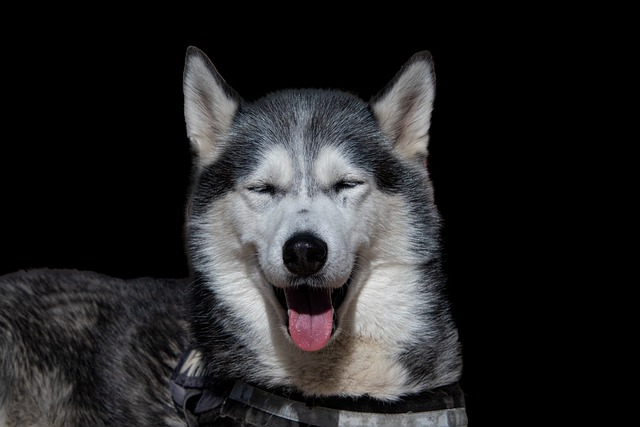 Channeling their energy is key to preventing destructive habits. A tired Malinois is a well-behaved Malinois, but “tired” doesn’t mean a quick walk. These dogs need purposeful exercise: teach them to carry a small backpack on hikes (start with empty, add weight gradually), set up agility cones in the backyard for weave-and-jump drills, or try scent work by hiding treats in a cardboard maze. I once forgot to engage Zara’s mind for a day, and she chewed through my hiking boots—lesson learned! Mental stimulation tires them faster than physical activity alone, so mix in 10-minute training games throughout the day: “Find It” (hide a toy), “Leave It” (place a treat under a cup and ask them to wait), or even teaching tricks like “Fetch the Slippers” to give their instincts a job.
Channeling their energy is key to preventing destructive habits. A tired Malinois is a well-behaved Malinois, but “tired” doesn’t mean a quick walk. These dogs need purposeful exercise: teach them to carry a small backpack on hikes (start with empty, add weight gradually), set up agility cones in the backyard for weave-and-jump drills, or try scent work by hiding treats in a cardboard maze. I once forgot to engage Zara’s mind for a day, and she chewed through my hiking boots—lesson learned! Mental stimulation tires them faster than physical activity alone, so mix in 10-minute training games throughout the day: “Find It” (hide a toy), “Leave It” (place a treat under a cup and ask them to wait), or even teaching tricks like “Fetch the Slippers” to give their instincts a job.
Addressing common 1-year-old behaviors like jumping or excessive barking requires consistency, not punishment. When Zara jumped on guests, I stopped acknowledging her until all four paws were on the ground—no eye contact, no words, just turning sideways. The moment she calmed, I praised and let her say hello. For barking at the door (a natural guarding instinct), teach “Quiet” by holding a treat near their nose when they start, then saying the command as they pause to sniff. Reward that split second of silence, gradually increasing the time they need to be quiet before getting the treat. Remember, Malinois are sensitive; harsh corrections can make them defensive or shut down their eager-to-please nature.
Compliance with local regulations is part of being a responsible owner. In the US, many states require rabies vaccinations and license tags visible on collars—make sure your training includes wearing ID gear comfortably. In some EU countries, breeds like Malinois may have specific registration rules or muzzle laws in certain public spaces (though proper training often allows exemptions if they’re well-behaved). Always check your municipality’s guidelines and factor them into training—for example, practicing “Heel” without a leash only in designated off-leash areas to avoid fines.
Above all, embrace their intensity as a feature, not a flaw. Malinois are born to work alongside humans; your job is to give them meaningful tasks that satisfy that drive. Celebrate small wins: the first time they hold “Stay” while you walk away, or when they choose to nap beside you instead of pacing. Training a Malinois at this age isn’t just about commands—it’s about building a partnership where they trust your guidance and you appreciate their unique spirit.
Yes, there will be days when you feel like you’re herding a hurricane, especially when they forget every command in the presence of a squirrel. But those moments when they lock eyes with you, waiting for direction, remind you why this breed is so special. Stay patient, stay consistent, and most importantly, stay playful. Your 1-year-old Malinois isn’t just a dog—they’re a future partner, protector, and loyal sidekick. With the right approach, that potential will shine through, making every training session worth the effort.

Training a dog isn't just about teaching tricks—it's the key to building a harmonious life together. Whether you're a new puppy parent or adopting an adult dog,
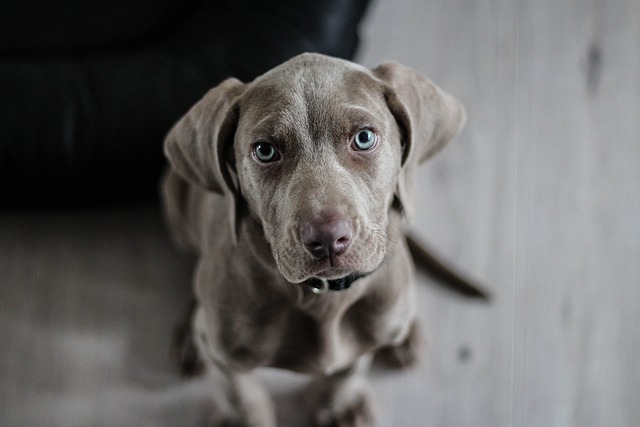
Imagine watching your dog’s ears perk up as they catch a whiff of something exciting. If you’re planning to start scent training your furry friend, you’ve probably wondered

Picture your eight-week-old Labrador, Luna, discovering a dropped blueberry under your Boston kitchen table—her entire body wiggles with nose-driven joy.
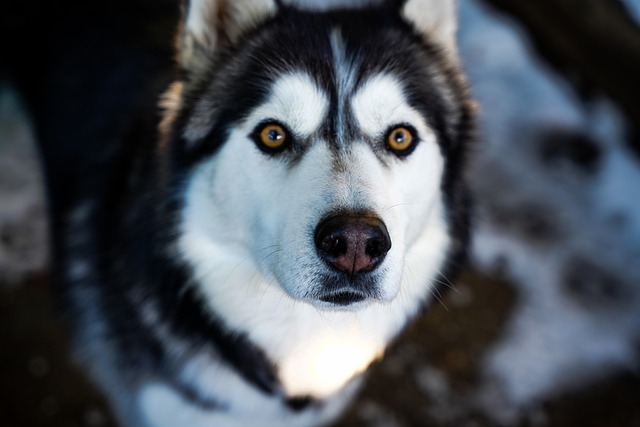
Picture this: You’re welcoming guests into your Seattle apartment when your exuberant Labrador, Buddy, launches himself onto your aunt’s cream sweater—paws first.
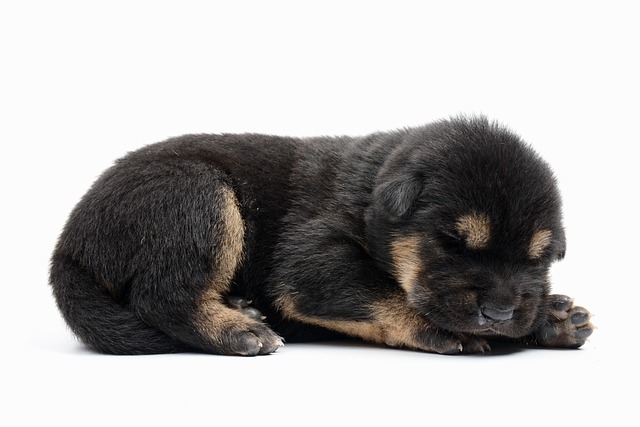
Watching your dog trot back with a ball or newspaper in their mouth is a classic canine sight—and a skill you can teach with patience and play.
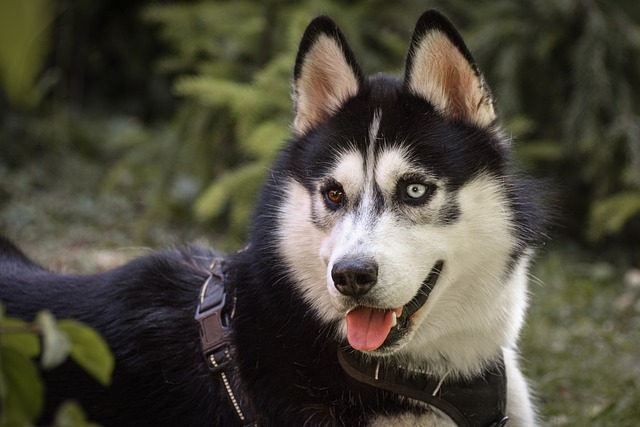
Picture this: You’re out for a morning walk with your dog, and suddenly, they bare their teeth and lunge at a jogger. It’s a heart-stopping moment